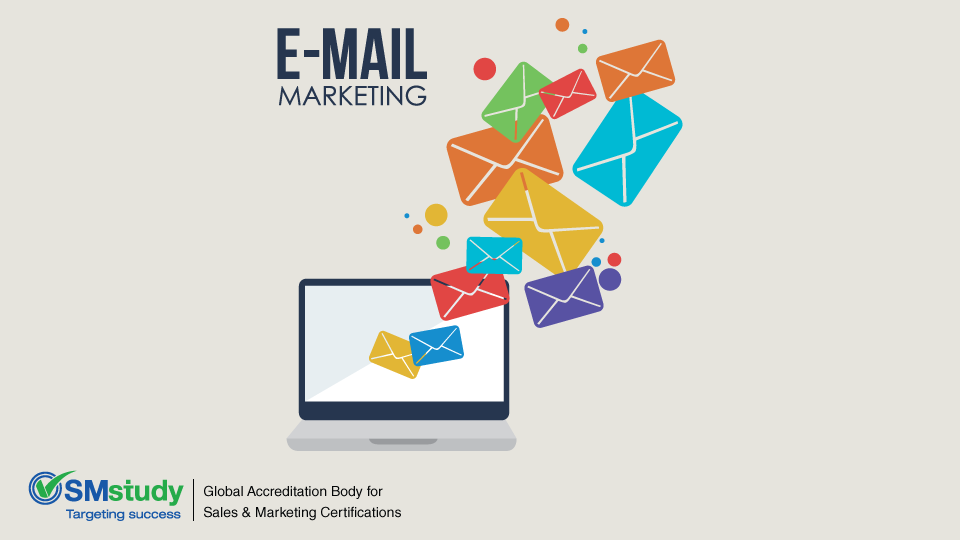E-mail marketing, a form of direct marketing that uses e-mail as the delivery medium for communicating a marketing message to a group of people, is an important component of any marketing campaign. In the previous blog we briefly discussed the definition and types of e-mail marketing. Now we will discuss two critical aspects of e-mail marketing— content and frequency.
When designing e-mail content, it is important to identify the key messages that the e-mail should communicate and the specific information that will move the recipient from his or her current perception to the desired perception, overcoming any barriers to conversion. In particular, marketers should highlight the benefits of the product or service as they relate to key messages; focus on specific proof points; and provide details, facts, and features that support the selling premise.
E-mails must have a clear call to action (CTA). Marketers must be clear on what they want the recipient to do and why the offer is of value to the recipient, providing incentives for the recipient to respond immediately. Incentives can include a deadline for ordering; a pending price increase; an introductory period, during which recipients are entitled to a special deal, extra service, or lower price; a free gift or premium; a “no risk” trial; or something that is not available in stores.
Once the recipient completes the requested action (e.g., click to visit a landing page or download a coupon), it is important to decide what will happen next (e.g., what the recipient will see on the landing page) and what will follow to accelerate the marketing process. Additionally, marketers must consider whether a confirmation or transactional e-mail should follow.
Marketers should also ensure that offers in e-mails allow adequate response time. Offers that provide too little time to respond may not allow the recipient enough time to make a purchase decision. Conversely, offers that provide too much time to respond will likely create inertia. Marketers should also ensure that offers are specific. For example, an offer advertising a savings of $100 on installation will not be meaningful to recipients if it is not clear how much the company charges for installation. Additionally, offers that imitate the competition and do not differentiate the company, offers that are too good to be true, and over-complicated offers are less likely to elicit responses from recipients.
Even when sending valuable content, the frequency of the delivery must be carefully monitored. While there is no rule that works for all companies and audiences, weekly sends tend to be an observed industry standard. If a company has a high number of messages it needs to deliver to its customers (e.g., servicing, informational, and marketing messages) it should have a coordinated release schedule to avoid over sending e-mails. This can be aided by establishing frequency guidelines for each department.
Please visit www.smstudy.com for more details.

